Last updated: 15 July 2023
A lot of people ask us for offbeat activities or quirky things to do in London. That list is rather extensive but this one seems to be overlooked or missed, so much so many Londoners don’t know about it!
The Monument to the Great Fire of London is a 61m column which stands at the junction of Monument Street and Fish Street Hill in the City of London. Built by Sir Christopher Wren just five years after the Great Fire of London that destroyed most of the City of London in 1666.
Did You Know That You Can Climb The Monument?
As punishing as a step-class at your local gym, the 202ft (61m) hollow Doric column contains a spiral stone staircase of 311 steps, all exactly six inches high. The cantilevered staircase leads to a viewing platform with 360-degree from a height of about 160 feet.
The column is topped with a copper urn from which flames emerge, symbolising the Great Fire. Interesting fact, if The Monument was laid down, it would reach the exact spot on Pudding Lane where the fire began more than 350 years ago.
The Great Fire of London
Sunday 2 September 1666, a fire sparked from the heat and embers in a bakery which set alight a wooden home on Pudding Lane in central London. That simple spark was how the Great Fire of London started.
The monumental blaze spread through a medieval city made of wood with great pace. The fire raged for four days, razing 86% of buildings in London to the ground and making 130,000 people homeless.
The Climb
It’s a grueling 311 steps to the top of The Monument. There is no lift, no landings, no seats and aside from a handful of small cavities in the wall, nowhere to stop along the ascent for a rest.
The narrow spiral staircase is two-way and logistically challenging when it’s busy. It’s highly advisable to leave backpacks and bulky items at the base of the stairs as there’s little room for such things on the platform or on the stairs.
From the viewing platform at the top, patrons are rewarded with 360° views over London and the Thames.
The View from The Monument
The platform which encircles the top of The Monument provides a panoramic birds-eye view of London, along with the layout of the streets of medieval London juxtaposed against the new shiny glass skyscrapers of today.
Views from The Monument stretch to Tower Bridge, The Shard, St Paul’s, the Tate and of course the Thames.
While the platform isn’t very wide, at best two people can pass on it, it is encased in galvanized steel wire with hexagonal gaps so falling from the platform is not possible.
Photographers take note, large or wide camera lenses may have trouble shooting through the gaps in the wire. Compact cameras and phones will have no problem.
The Secret Laboratory inside The Monument
As part of the City’s rebuilding, a permanent memorial was erected to commemorate the Great Fire near the place where it began. Sir Christopher Wren, Surveyor General to the King his colleague, Dr Robert Hooke, were charged with creating a design. That design was the modern day Monument.
However, did you know that beneath the Monument lies a secret room?
First and foremost Hooke and Wren were men of science. So they designed a laboratory beneath the Monument from which they could conduct scientific experiments. Ok, they failed. Mainly due to the thunderous traffic on nearby roads impacting their results. But still, astoundingly, Hooke’s laboratory remains to this very day.
A visit to Hooke’s laboratory was a mind-blowing experience for me. To think these were the very same steps Hooke and Wren used too. I realise how lucky I was to be able to experience it as Hooke’s laboratory is usually off-limits to the public.
At ground level, behind the ticket booth lies a small wooden trap door in the floor. Easy to miss, and impossible to access if someone is standing in the ticket booth which is just big enough for one.
Once the area is vacated and the trap door lifted, I peer down into the cavity. White stone steps and nothing more.
Following directions to angle my body was an interesting experience, the challenge was not to clip the front or back edge whilst lowering myself into the hole. My feet blindly felt for the first stone step which turned out to be much further than the 6 inch height of the rest of the stairs in the Monument.
An extended drop onto the step revealed something from an Indiana Jones movie. 16 steps down in an ancient spiral stone staircase, we found ourselves in a room. Bare and exposed Portland stone walls, the room was circular with a domed ceiling with a hole in the centre covered by a metal grate. The room felt airless and smelled damp, a bit like a wet dog or when clothes have been left in the washing machine for too long.
My imagination wandered back to Wren’s era because as I stood within it, the room was completely empty, except for a wireless router and a computer.
I positioned myself right underneath the metal grate and looked up. The hole in the ceiling extended all the way up to the golden orb at the top, at the highest point in the building.
The cantilevered steps of the Monument were designed to hug the interior walls, leaving a clear pathway through the middle to the urn to drop a pendulum or use a Zenith telescope. When opened, you can look all the way up, from the basement lab into the night sky, although the light pollution of modern day metropolis wouldn’t be provide the clearest of skies.
Best Time to Climb The Monument
With a capacity restriction of 33 people on the platform at any one time, plus the logistical challenges of navigating the busy spiral staircase, we recommend arriving as The Monument opens. It’s usually too early for Londoners and means you potentially could have the monument to yourself!
The Essentials
Where: Fish St Hill, London EC3R 8AH
Nearest Tube: Monument
When: 09:30 – 17:30 (last admission) Open every day except 24-26 Dec.
Cost: £5/£2.50 adult/child
Tickets: Climb The Monument
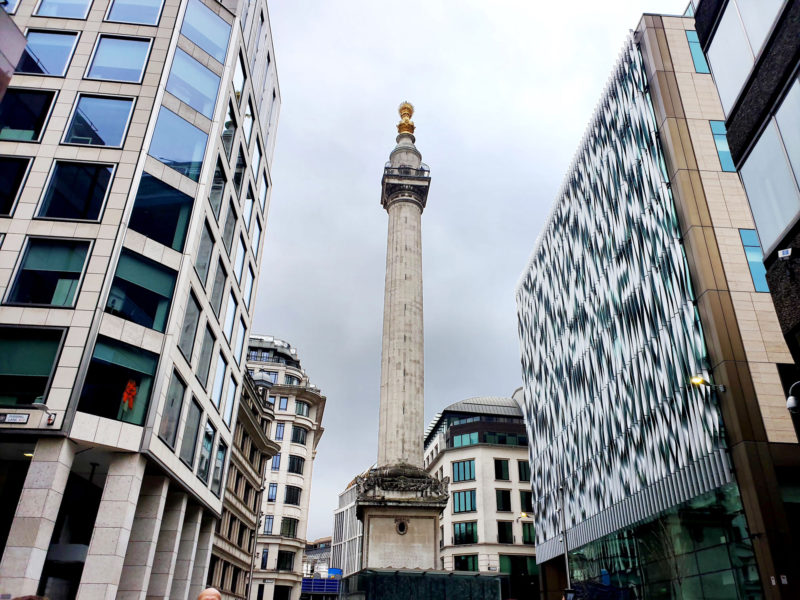
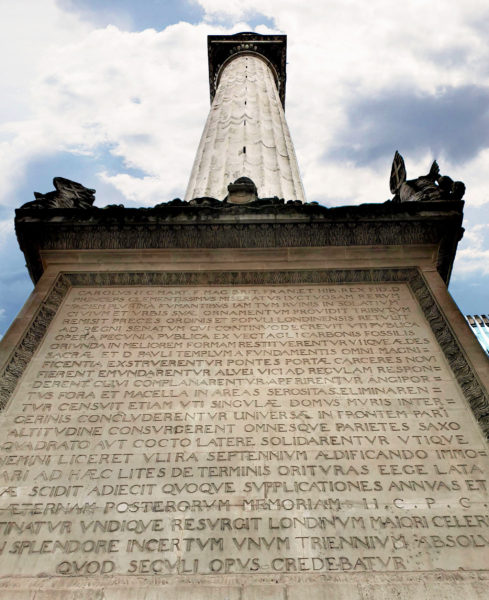
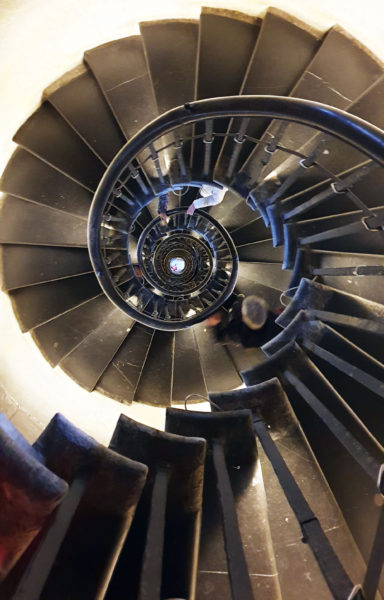
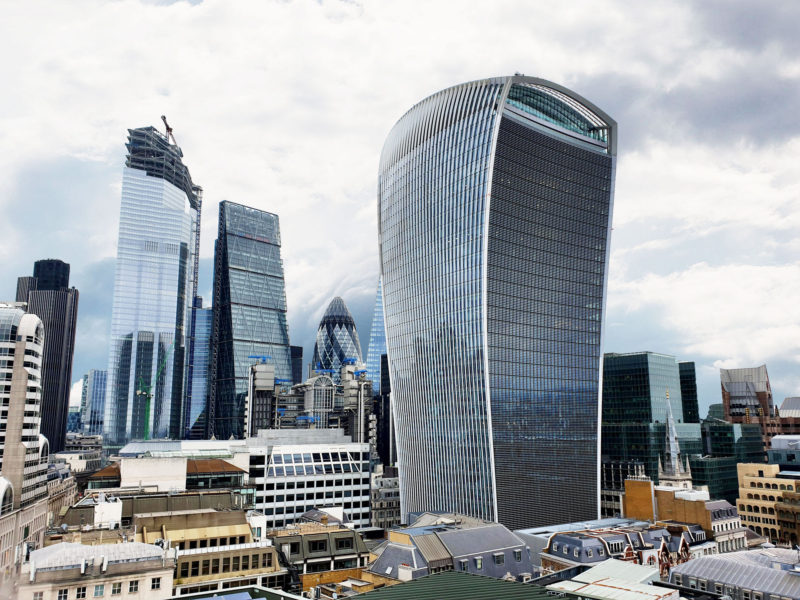
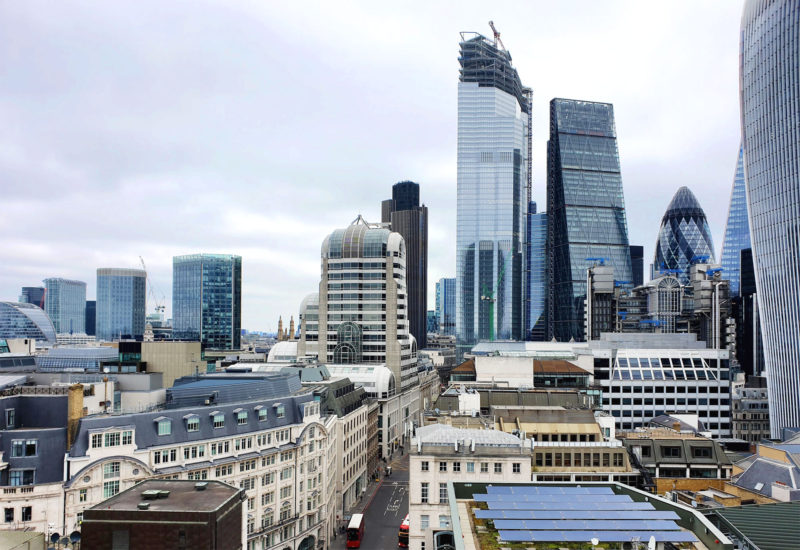
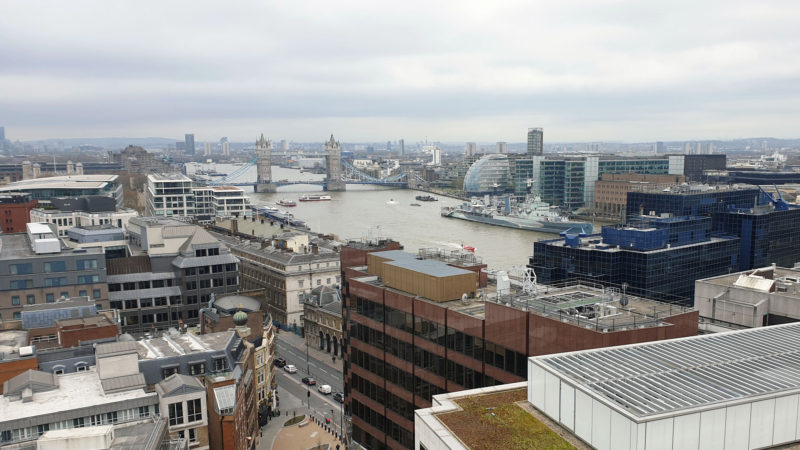

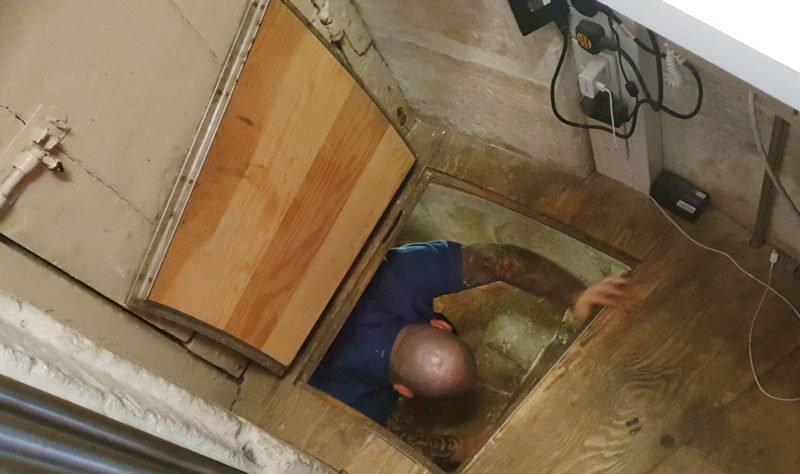
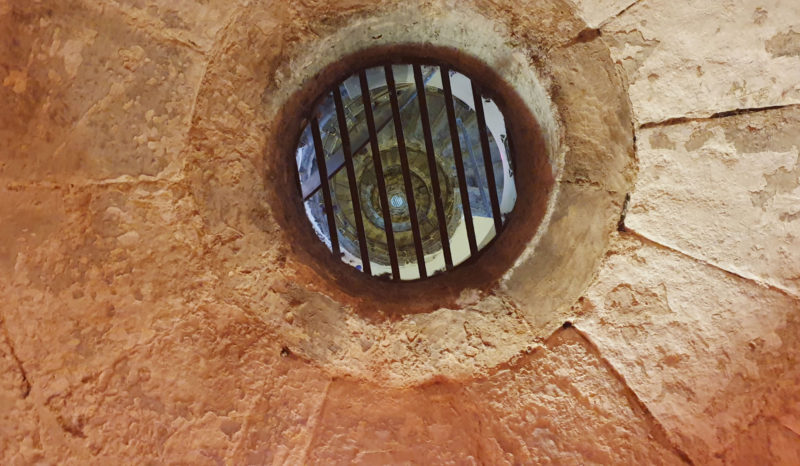
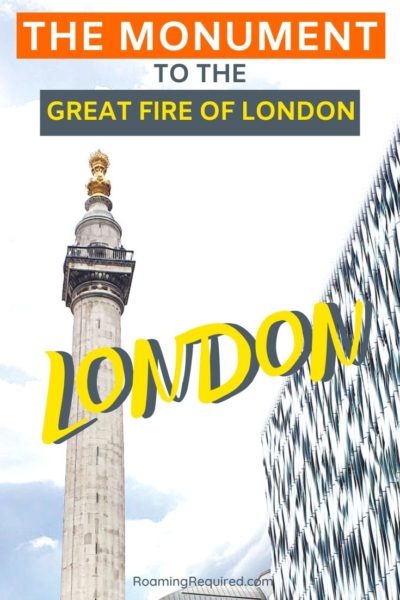
[…] Uncovering The Monument to the Great Fire of London […]
[…] Read More: Climbing The Monument […]
You’re so right, so many people miss The Monument!
I wish it wasn’t sandwiched between big corporate buildings 🙁
What an awesome experience! It’s really superb that you uncovered the Monument, looks like you had a great time! love your post!
Thank you
Never knew about the room underneath! Pretty sure there was no chicken wire when I used to climb it! Never bumped into anyone else on the stairs or on the platform either and climbed it many times.
Wow you never bumped into anyone? That would have been amazing! I think the wire cage was installed during the 18 month programme of essential repairs, improvements and restoration work from 2008.
I lived in London for 5 years and never knew I could climb the monument! Just added it to my ‘must do in London’ list.!
We have heard that a lot from Londoners, who knew it was such a secret! Thanks Larch, do let us know when you get there and tweet us a pic from the top 🙂